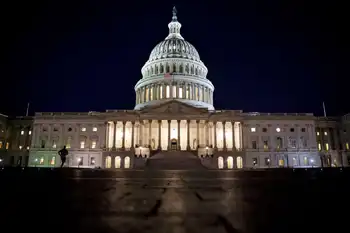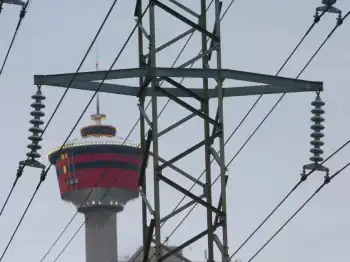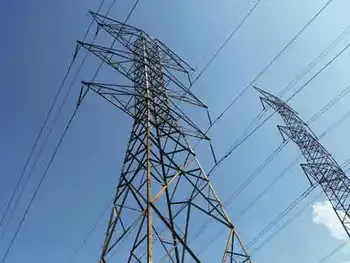Province may price hydro by the season
TORONTO, ONTARIO - Ontario householders will pay less to heat their homes in winter but more to cool them in summer under a pricing proposal from the Ontario Energy Board.
In a draft pricing manual, the board says consumers should pay a relatively low price for a set quantity of power each month, and a higher price if they use more than that.
But the set quantity should change with the seasons, the board says, to ease the price shock for low-income users, who are the ones most likely to have electric heating.
The board proposes that in summer, consumers should pay a lower price for the first 600 kilowatt hours they use; in winter, that limit would rise to 1,000 kilowatt hours.
Advocates for low-income consumers had argued for a lower winter price because the poor may be reliant on electricity to stay warm and can't avoid big winter electric bills. Heavy summer power use probably means it's being used for air conditioning.
The proposal was released recently for public comment.
Energy Minister Dwight Duncan ordered the board to devise a regulated pricing system for householders to come into effect April 1.
Consumers are currently charged 4.7 cents a kilowatt hour for the first 750 kilowatt hours used each month, and 5.5 cents for any amount beyond that. Fixed charges that flow to the local utility, Hydro One and the fund servicing the Ontario Hydro debt add a roughly equivalent amount to the total price.
The board still hasn't set a consumer price. But an example given in the draft manual released yesterday uses a theoretical average price of 5.6 cents a kilowatt hour. The example said consumers might pay 5.2 cents a kilowatt hour until they hit the seasonal threshold, and 6 cents a kilowatt hour afterward.
A household using 1,000 kilowatt hours of power a month now pays an average of 4.9 cents per kilowatt hour for the energy portion of the bill.
Tom Adams, executive director of Energy Probe, said the pricing method the energy board has chosen may result in consumer prices diverging from the market price.
In fixing prices, the board must estimate a price going forward, then make retroactive adjustments if it turns out to be too high or too low. Those retroactive adjustments will continually intersect with the estimated prices going forward, Adams said. That will blur the link between the consumer price and market prices.
Meanwhile, the small but growing number of residents with "smart meters" that record the time of day power is used will probably face sharply higher prices for power in peak periods.
They'll pay a relatively low base price for power used at off-peak times, such as during the night.
In mid-range periods, the price will be double the base rate; at peak periods it will be triple the base.
Off-peak periods will be the same all year long: all day on weekends and holidays; and 10 p.m. to 7 a.m. weekdays.
Mid-range periods from Nov. 1 to April 30 will be weekdays from 11 a.m. to 5 p.m., and 8 p.m. to 10 p.m. in winter. In the summer it will be weekdays 7 a.m. to 11 a.m. and 5 p.m. to 10 p.m.
The peak period in winter will be on weekdays from 7 a.m. to 11 a.m., and from 5 to 8 p.m. In the summer it will be weekdays from 11 a.m. to 5 p.m.
Related News

Feds "changing goalposts" with 2035 net-zero electricity grid target: Sask. premier
REGINA - Saskatchewan’s premier said the federal government is “changing goalposts” with its proposed target for a net-zero electricity grid.
“We were looking at a net-zero plan in Saskatchewan and across Canada by the year 2050. That’s now been bumped to 2035. Well there are provinces that quite frankly aren’t going to achieve those types of targets by 2035,” Premier Scott Moe said Wednesday.
Ottawa proposed the Clean Electricity Regulations – formerly the Clean Electricity Standard – as part of its target for Canada to transition to net-zero emissions by 2050.
The regulations would help the country progress towards an updated proposed goal…




